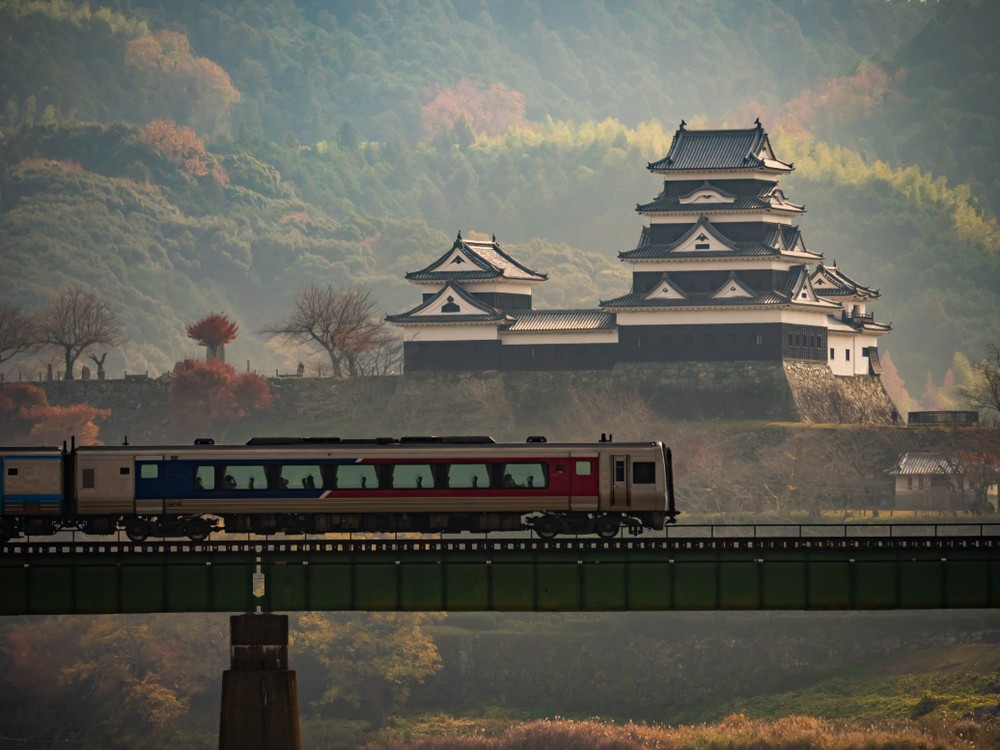
There are five castles in Ehime Prefecture that are listed in Japan's Top 100 Castles. Four of these castles are Matsuyama Castle and Uwajima Castle, which are counted among the twelve surviving castle towers in Japan, Imabari Castle, one of the three major water castles (*1), and Yuzuki Castle, a national Historic Site. Compared to these four castles, Ozu Castle (大洲城 / Ozu-jo), a Historic Site designated by Ehime Prefecture, may look a little plain, but it actually has highlights that should not be underestimated!
*1: Water castle (水城 / mizujiro) is a castle located right next to the sea with seawater flowing into the moat. Imabari Castle is known as one of Japan's representative water castles.
Ozu Castle built by castle construction master Takatora Todo

Ozu City (大洲市 / Ozu-shi), where Ozu Castle is located, is also called the "Little Kyoto of Iyo region" (Iyo is the former name of Ehime). Located in the inland basin in the southwestern part of Ehime Prefecture, it has long been regarded as an important transportation hub because the clear waters of the Hijikawa River connect to the Seto Inland Sea.
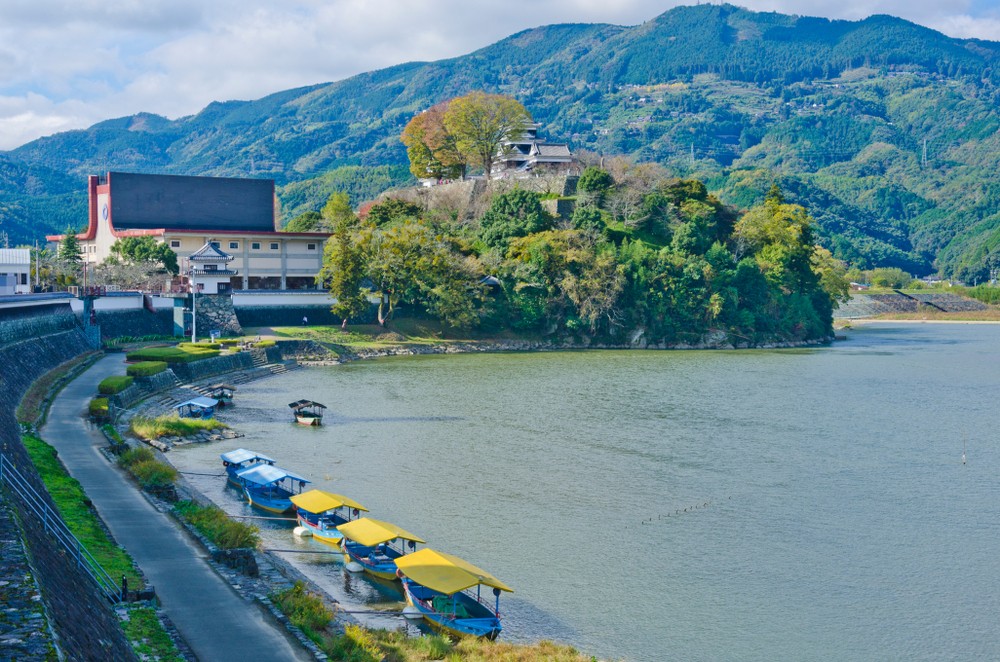
Ozu used to be called "Otsu" (大津) using "津 / tsu" which means "port". Ozu Castle is also called 'Otsu Castle' (大津城 / Otsu-jo) or 'Jizogadake Castle' (地蔵ヶ嶽城 / Jizogadake-jo) due to its old name and the fact that it was built on a hill called Mt. Jizogadake. The castle was originally built in 1331 at the end of the Kamakura period by Toyofusa Utsunomiya, but after a change in power, Takatora Todo became the lord of the castle in 1595. After the renown master of castle construction took over Ozu castle, it was renovated into a modern castle (a castle with structures such as a castle tower, stone walls, and a moat), and castle towns were born one after another. That is to say, the prototype of Ozu Castle that we know today was made by this master - Takatora Todo.
Legend of the Human Pillar: The sad story of Ozu Castle's construction
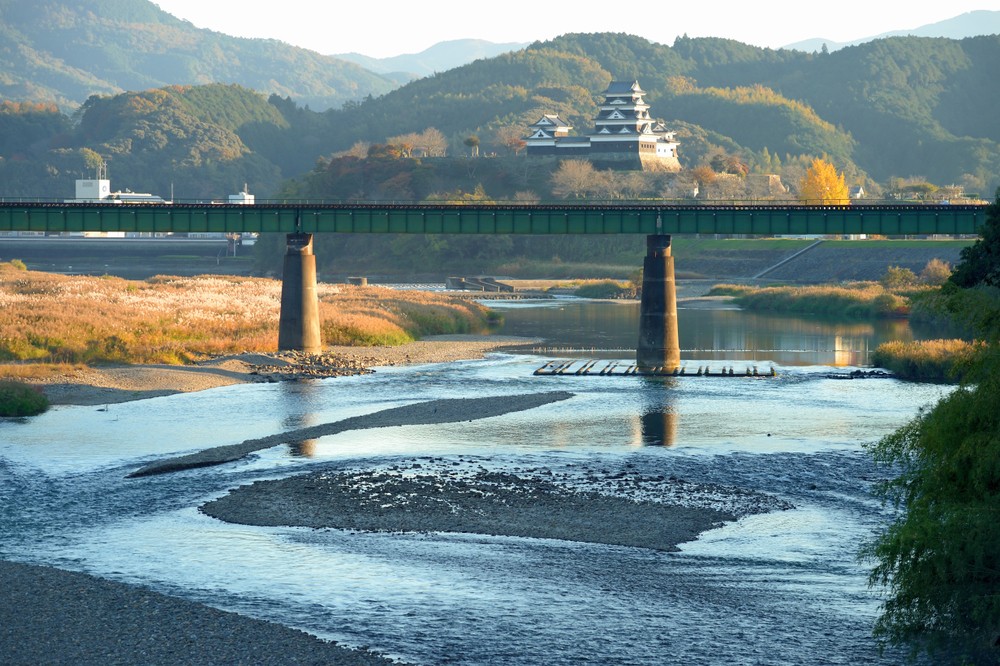
Ozu Castle is also known as 'Otsu Castle' and 'Jizogadake Castle', as well as 'Hishi Castle' (比志城 / Hishi-jo) from the Hijikawa River (also known as '比志川 / Hishikawa River') that flows below the castle. The name of this river is said to come from a sad story.
When Utsunomiya was building Ozu Castle, he repeatedly failed to build a high stone wall facing the river. Therefore, he decided to set up a hitobashira (人柱 - 'human pillar', a human sacrifice in order to complete construction) because it was believed that the failures were caused by an evil spirit and needed to offer a hitobashira for exorcism. The final choice was a 16-year-old girl called Ohiji (おひじ), who left a wish to "name the river after her so that future generations will remember her forever." and gave her life to the river. Eventually, the walls were successfully completed. The girl's wish was granted, and the river was named "Hishikawa River".
Donations from local citizens bring Ozu Castle back to life! The completely restored wooden keep
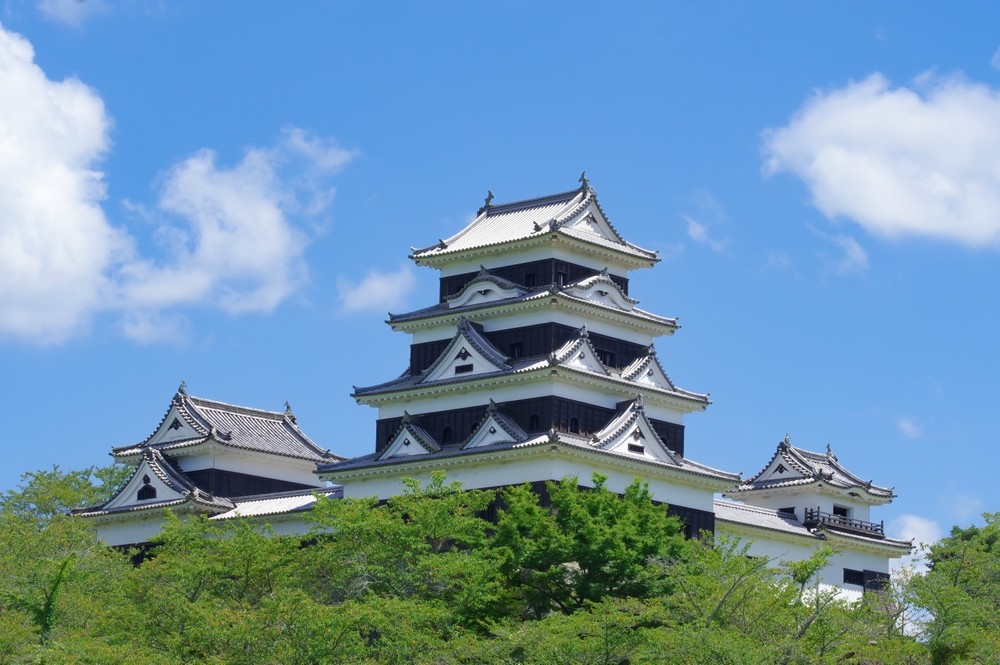
After the Meiji Restoration, buildings in Ozu Castle were destroyed one after another. Thanks to the efforts of local residents, the main castle tower and turrets were somehow preserved, but the castle tower was damaged due to the deterioration of the building itself, and was forced to be demolished in 1888. However, the local residents who have cherished and loved the irreplaceable Ozu Castle have reunited with newfound purpose. After donating a large amount of money, Ozu Castle Tower was finally rebuilt in 2004.
Rebuilding castle tower is not uncommon. However, what makes the Ozu castle tower so precious is that it was the first 4-layer-roof, 4-story wooden tower to be restored after World War II, and that its appearance has been completely reproduced thanks to the construction method used at the time the tower was originally constructed. In addition to many photographs taken in the Meiji period, a wooden model showing the structure of the keep was discovered at the home of craftsmen who were involved in the construction of the keep. Thus, the miracle of complete restoration was accomplished.
Japan's first “Castle Stay” experience
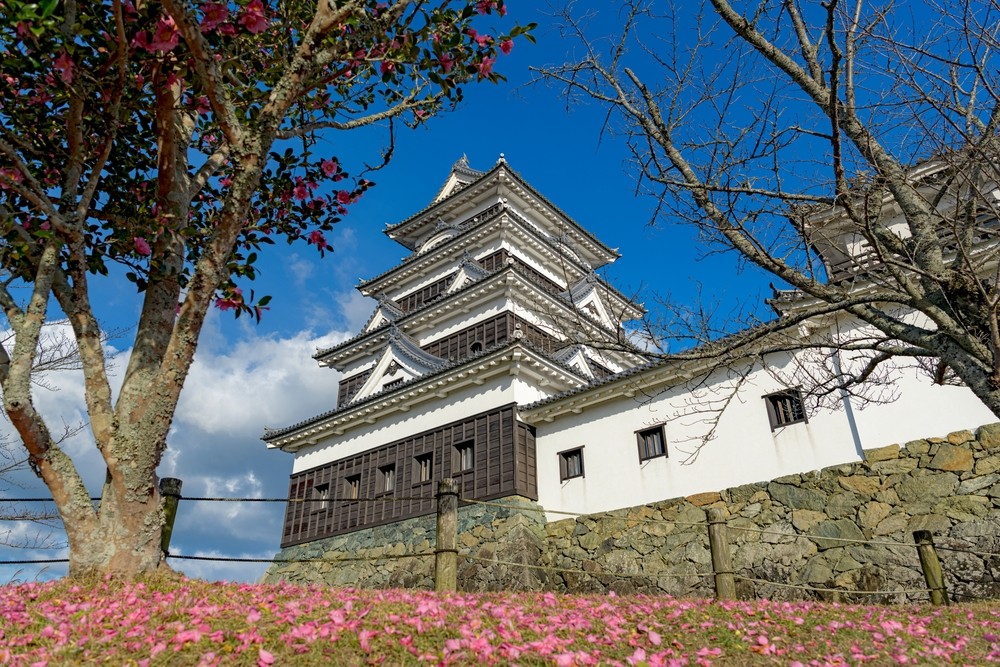
In 2020, "NIPPONIA HOTEL Ozu Castle Town" was born by the Ozu City and partner companies such as NOTE Co., Ltd. Based on the concept of a "decentralized hotel", accommodation spaces, restaurants, event facilities, etc. are scattered around the castle town of Ozu Castle, and the surroundings of Ozu Castle and the entire castle town have become inns. Of course, Ozu Castle itself is also one of them.
Ozu Castle was the first castle in Japan to offer Castle Stay (城泊 / shirohaku), meaning you can stay overnight inside the castle, including the castle tower and turrets. The Ozu Castle castle stay plan “Ozu Castle Castle Stay” begins the moment the guests arrive at Matsuyama Airport in Ehime Prefecture. After being greeted at the airport, men change into battle armor and ladies change into kimonos, and lead the troop into Ozu Castle. When you enter the castle, you will be greeted by staff dressed as samurai and retainers, gun salutes, and resounding conch shells. It is an experience that not only let you stay like the lord of the castle, but also let fully become the lord of the castle.

Regarding the most concerned part - the accommodation cost, the basic plan with breakfast and dinner for 2 people for 2 days and 1 night is over 1 million yen. Only limited to 30 groups per year, and reception is open only in limited seasons. However, those who experienced it saying that, "1 million yen is too cheap for this plan!" You will probably understand the true value when you stay there yourself!
Spot Information
- Name: Ozu Castle (大洲城 / Ozu-jo)
- Address: 903 Ozu, Ozu City, Ehime Prefecture
- Opening hours: 9:00-17:00 (Last entry 16:30)
- Closed: No regular holiday
- Entrance fee: Adults - 550 yen / junior high school students and younger - 220 yen / children under 5 years old - free
- Access: From JR Iyo-Ozu Station, take the city loop bus "Gururin Ozu" for about 10 minutes, then walk for about 5 minutes
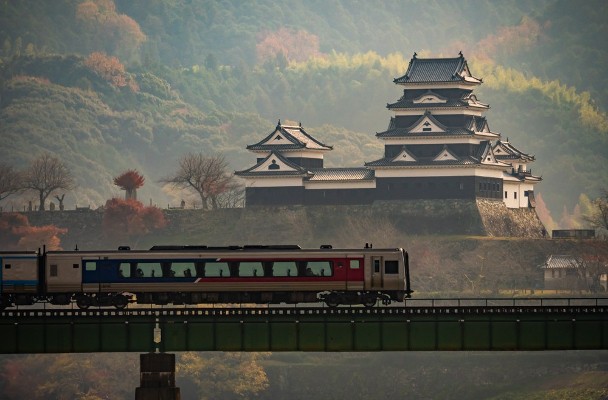

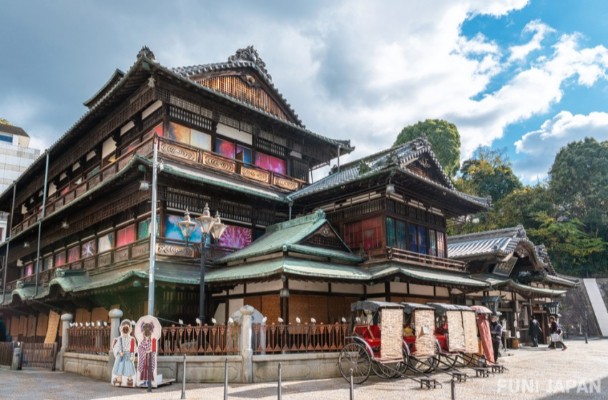
Comments